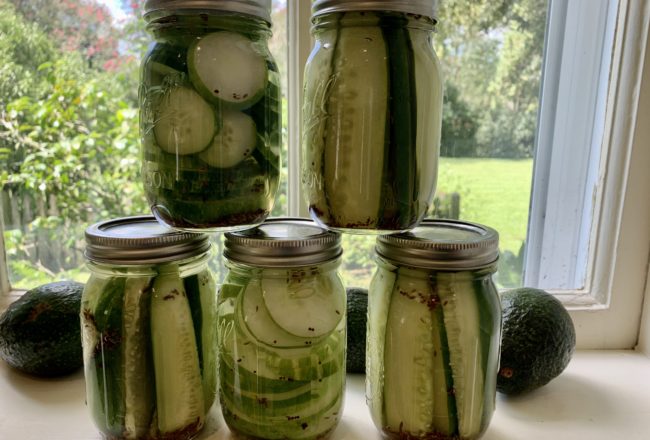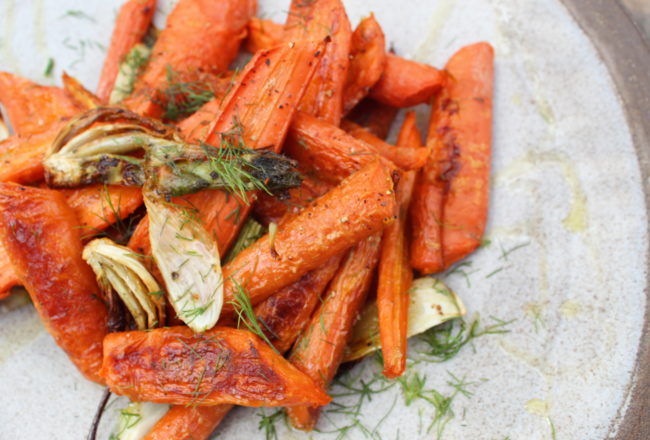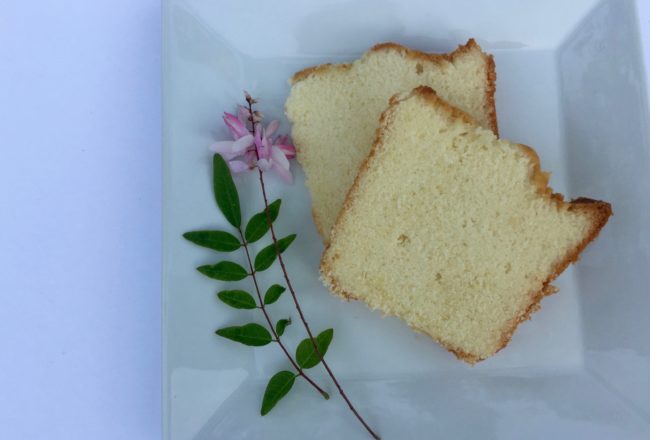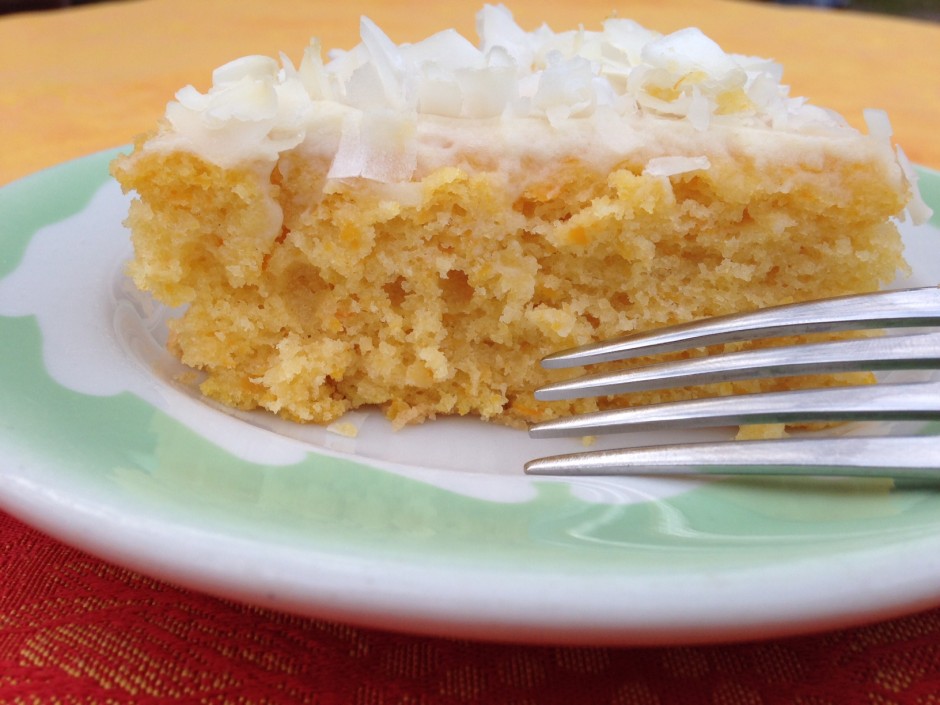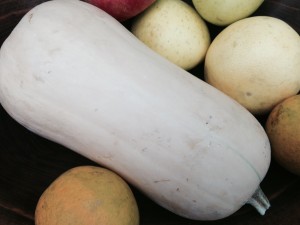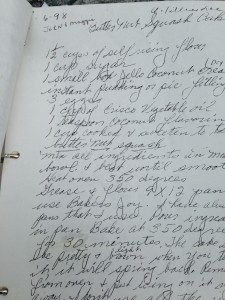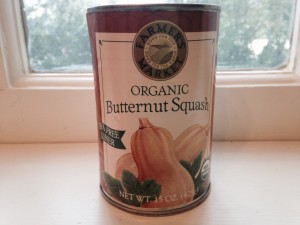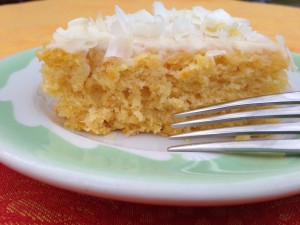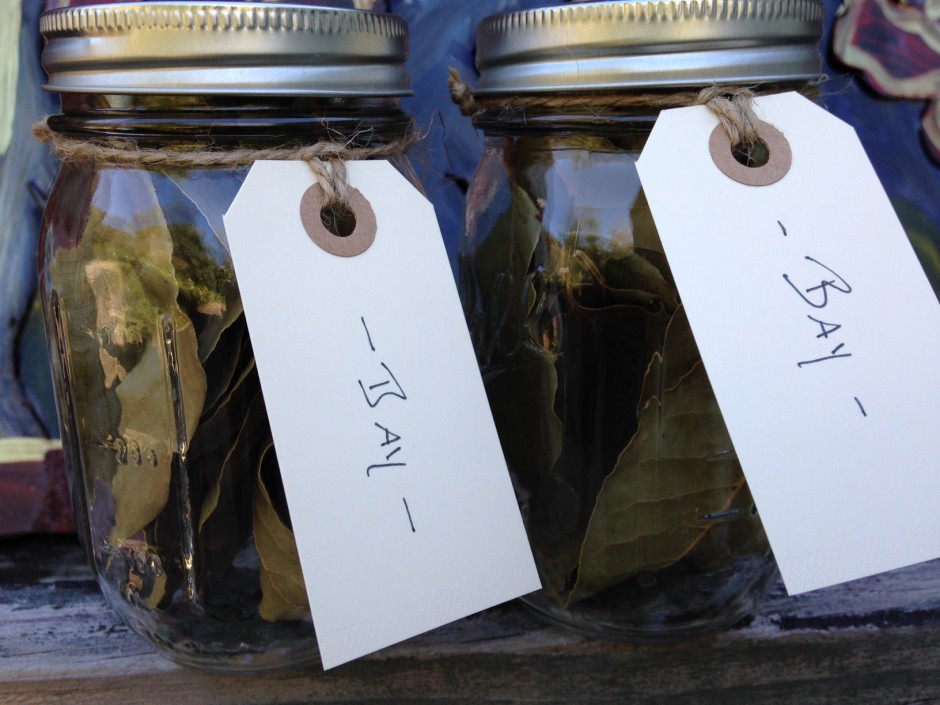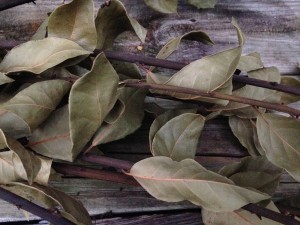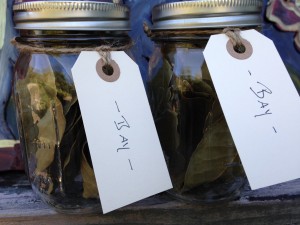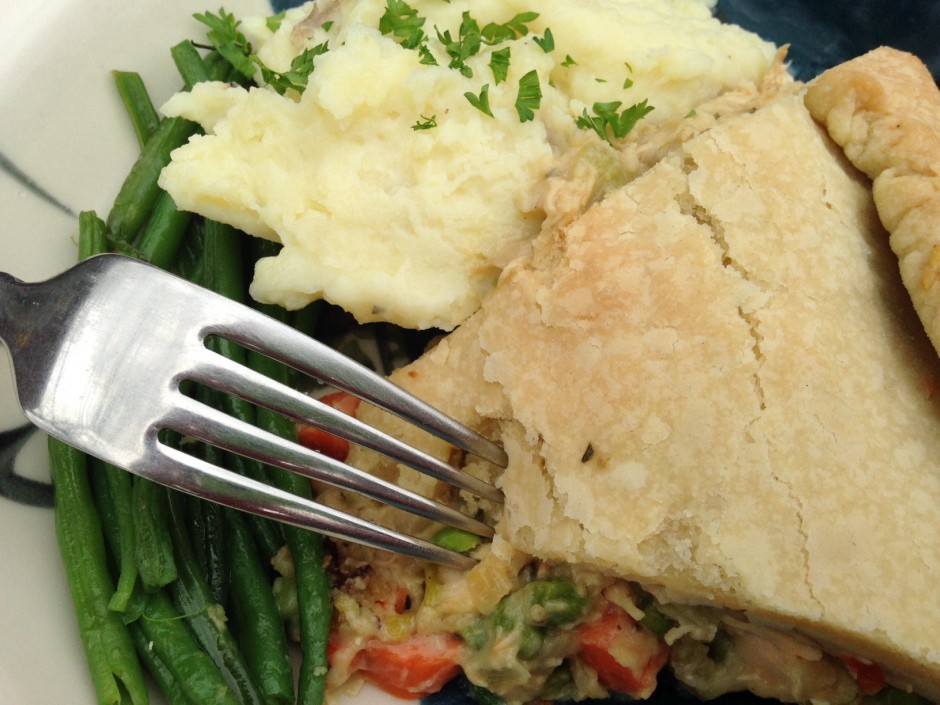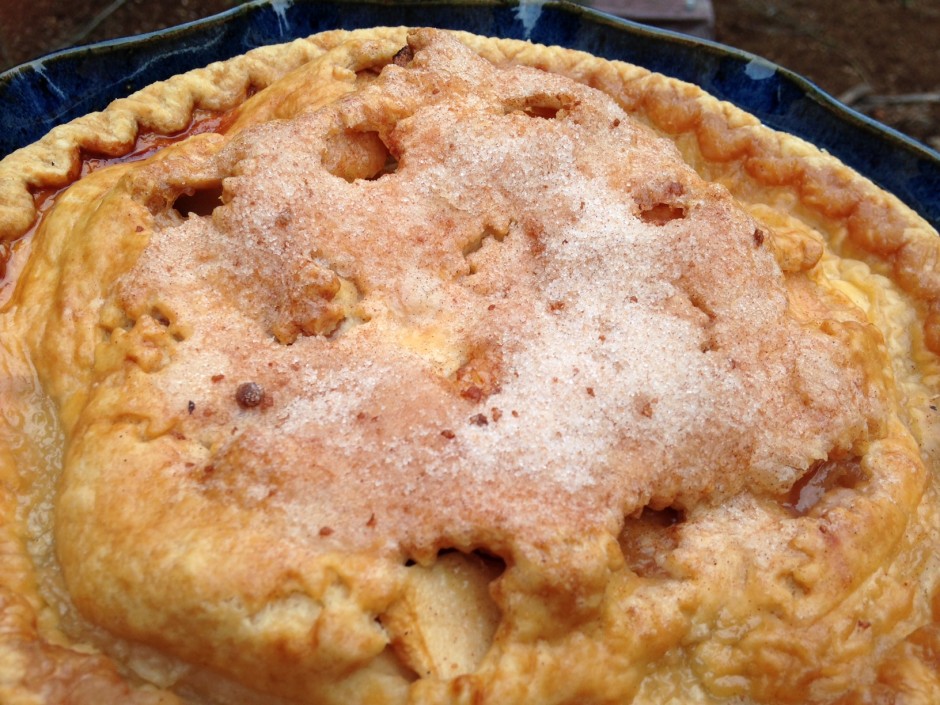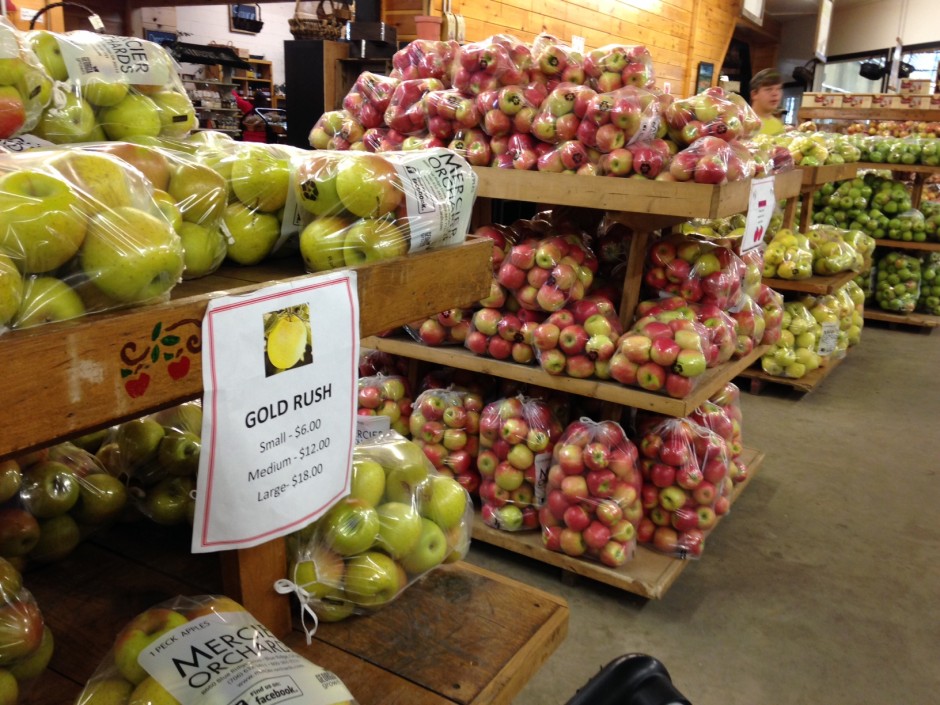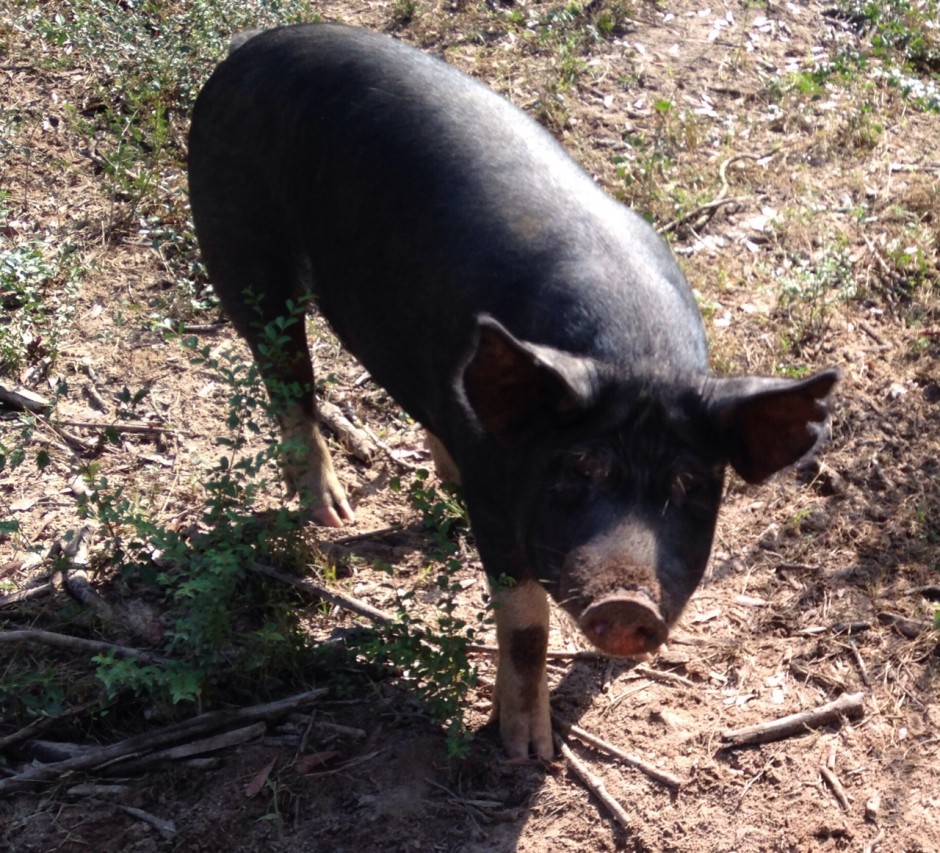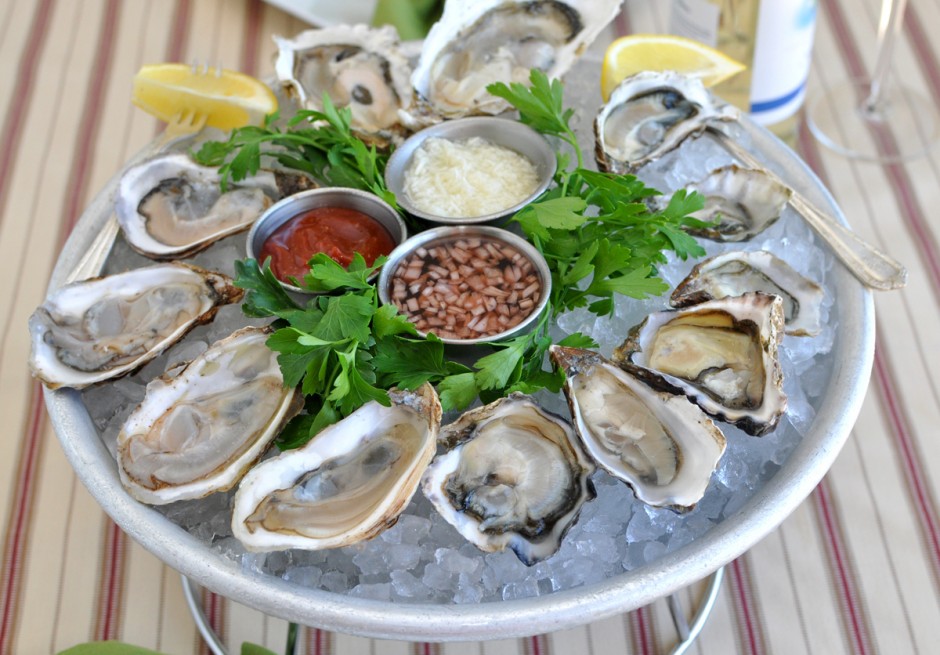Family recipes get passed down because they’re meaningful and taste good, but sometimes they include ingredients you’re embarrassed to admit. Especially today, the convenience items that once peppered dinner tables and cookbooks can feel like dorky unwelcomed guests. “It’s got that in it?,” you can just hear your snooty food friends say. New Yorker writer Calvin Trillin has a great reference to this phenomenon in his famed 2002 dispatch, “Missing Links,”—one of several that document the writer’s enthusiasm for Louisiana food. In it, he mentions the secret, anti-gourmet ingredient in the crawfish étouffée recipe of his New Iberia friend James Edmunds: a can of cream of mushroom soup. Delicious nevertheless, but mentioned on the down low.
I have always loved my husband’s family’s squash cake, a sheet cake made with roasted butternut squash that his great aunt “Titta-Lee” was famous for bringing to funeral gatherings. But it, too, includes an in-the-closet ingredient: a box of Jello coconut cream instant pudding and pie mix. Shortly after we got married in 2000, by which time I’d had the cake numerous times, she wrote it down for us.
I was eager to find a more natural approach. And also, the cake was really too sweet, and I believed with a little tinkering I could create version that still said ‘dessert’ while letting the butternut squash shine through. There remains a whole cup of sugar in the adjusted recipe, so fear not, Sweet Tooths, this is no “lite” version.
The result is a really versatile cake that is perfect for the season. It goes well with fresh citrus fruit, dark chocolate and strong cup of coffee. If you’re not a fan of coconut, no worries. Simply substitute almond extract for the coconut and instead of topping the cake with coconut shreds, just shave a little dark chocolate.
As for the squash, if you run short on time, here’s a product I like, which I usually grab at Whole Foods Market.
Recipe
Butternut Squash Cake
Serves 8-10
1 ¾ cup self rising flour
1 cup sugar
3 eggs
½ cup canola oil
½ cup sour cream
1 teaspoon vanilla extract
1 teaspoon coconut or almond extract
1 cup butternut squash, roasted and beaten slightly until fairly smooth
Cream cheese icing (recipe follows)
Coconut or chocolate shavings for garnish
Preheat oven to 350 F. Grease and flour a 9×13 pan. Mix flour and sugar in a medium bowl. Beat eggs slightly in a large bowl. Add oil and sour cream. Add dry ingredients to wet batter and blend slightly. A wooden spoon should work fine. Add extracts and squash and blend until smooth. Pour batter in pan and bake for 30 minutes. Place on rack to cool and ice immediately with cream cheese frosting and garnish with fresh coconut.
Cream Cheese Frosting
Makes enough for one cake
3 oz. softened cream cheese
2 tablespoons softened butter
1/3 cup confectioner’s sugar
1-2 tablespoons whipping cream
½ teaspoon vanilla extract
Blend well cream cheese and butter with a hand mixer or standing mixer. Carefully add sugar. Add whipping cream and vanilla extract and blend for a minute or two until you reach desired consistency.
Enjoy!

